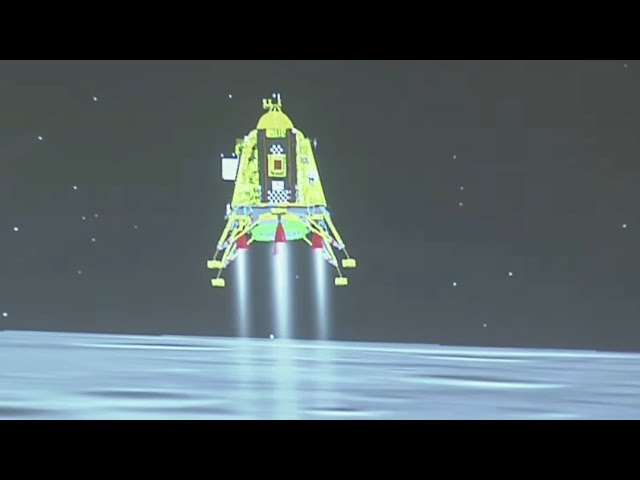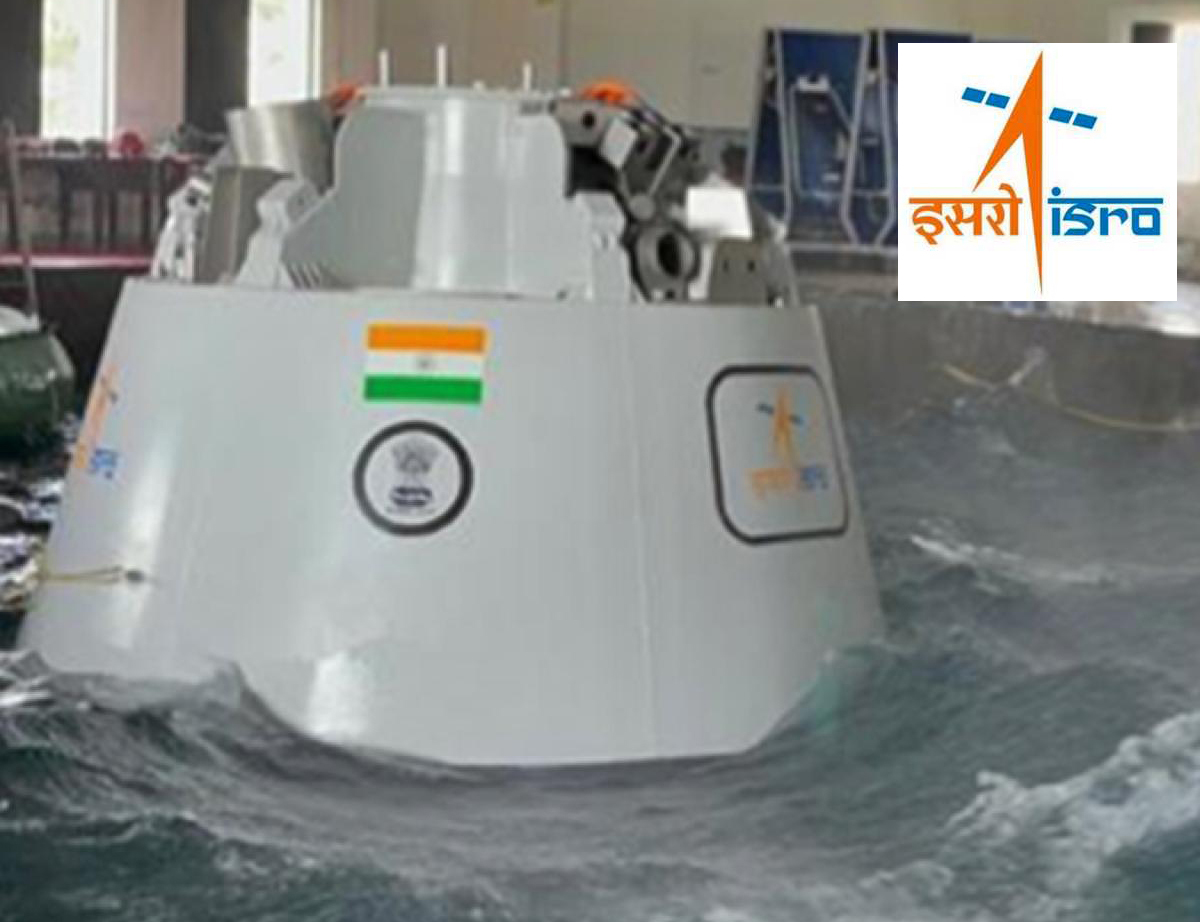
A NASA Photo.
GOES (Geostationary Operational Environmental Satellites) system circle the Earth in a geosynchronous orbit over the Equator and continuously monitors weather forecasting, severe storm tracking, and meteorology research.
GOES is a joint effort of NASA and the National Oceanic and Atmospheric Administration (NOAA).
GOES-P represents the newest generation of environmental satellites built by Boeing for the National Oceanic and Atmospheric Administration (NOAA) under the technical guidance and project management of NASA's Goddard Space Flight Center.
The GOES satellites provide observations of more than 50% of the Earth including environmental information and severe weather warnings.
GOES experiment history dates back to 1966 when the launch of first satellite of the Applications Technology Satellite (ATS) series took place. The ATS-1 carried an instrument which was capable of providing continuous images of the earth, and an instrument that enabled the transmission of data to and from ground stations.
GOES observations have also been helpful in monitoring dust storms, volcanic eruptions, and forest fires.
GOES-P is the third and final spacecraft to be launched in the GOES N Series of geostationary environmental weather satellites. GOES-P will be launched on a Delta IV with two solids to achieve at least 10 years of fuel lifetime (5 years of on orbit storage, and 5 years of operations). The spacecraft will lift off from from Space Launch Complex 37 at the Cape Canaveral Air Force Station, Florida.
The GOES-P imagers have improved resolutions and the imaging and sounding instruments (built by ITT) feature flexible scans for small-scale area viewing in regions of the visible and infrared spectrum allowing meteorologists to improve short-term forecasts. The satellite will thus provide nearly continuous imaging and sounding, which will allow the forecasters to better measure changes in atmospheric temperature and moisture distributions and hence increase the accuracy of their forecasts.
Other than forecasting weather, GOES-P with the help of the Solar X-Ray Imager (SXI) will continuously monitor solar conditions.
GOES-P is currently being prepared for an early March 2010 launch. The satellite once in orbit will be designated as GOES-15 and will thus provide timely environmental information to meteorologists and the public.
-Courtesy:
NASA
Godard Space Flight Center
 Previous Article
Previous Article Next Article
Next Article













The Indian Air Force, in its flight trials evaluation report submitted before the Defence Ministry l..
view articleAn insight into the Medium Multi-Role Combat Aircraft competition...
view articleSky enthusiasts can now spot the International Space Station (ISS) commanded by Indian-American astr..
view article